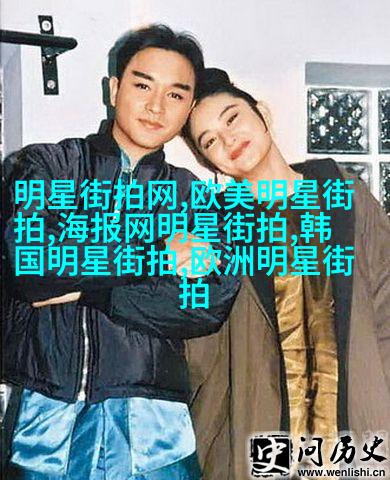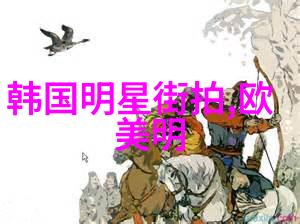Whimsy of Yesteryear A Journey Through the Timeles
Whimsy of Yesteryear: A Journey Through the Timeless Charm of Vintage English

The allure of vintage English is a captivating force that draws us into a bygone era, where words were woven with an elegance and charm that seems lost in today's fast-paced world. It's an enchanting journey through time, filled with intricate language patterns and poetic expressions that evoke feelings of nostalgia and wonder.
The Rise of Classic Literature

Vintage English was born during the Romantic period in literature, characterized by its emphasis on emotion, imagination, and individualism. Authors like Jane Austen and Charles Dickens crafted stories that not only entertained but also reflected societal values and norms. Their works continue to captivate readers worldwide with their richly detailed descriptions, complex characters, and timeless themes.
Language Patterns & Grammar

A distinctive feature of vintage English is its elaborate sentence structure and grammar rules. Sentences often begin with formal phrases such as "It is a truth universally acknowledged" or "In those days." These opening lines set the tone for the rest of the story while providing context for what follows. Additionally, archaic vocabulary like "thou," "thee," "verily," or "whence" adds depth to dialogue making it more engaging.
Poetic Expressions & Figurative Language

Poets from this era mastered the art of using metaphors, similes, personification, hyperbole – you name it! They used these techniques to paint vivid pictures in readers' minds without ever needing photographs or illustrations as aids to storytelling.
Take William Wordsworth's sonnet 'Ode: Intimations Of Immortality From Recollections Of Early Childhood' for instance; he uses imagery skillfully throughout his poem:

"Five years have past; five summers,
With sunshine warmer on my face;
And ten more o'er,
Ten years since he nor man nor woman there,
The little Maker may remember how
Amidst her means my homesick sighs did seek"
Influence On Modern Language
Although vintage English may seem quite different from contemporary language usage at first glance (with its antiquated vocabulary), it has significantly influenced modern writing styles.
Many authors still draw inspiration from classic literature when crafting their own unique voices within contemporary novels.
5 In Film Adaptations & Pop Culture
Classic literature adaptations are always popular among audiences due to their timeless appeal – think Downton Abbey TV series based on Edith Wharton’s Age Of Innocence novel.
Even pop culture references can be traced back to these literary masterpieces - consider Shakespearean insults being used in everyday conversation!
6 Conclusion
As we navigate our way through this whimsical journey through time via vintage English writings we come across many remarkable aspects which make them so endearing even today - be it language patterns & grammar rules shaping sentences into works-of-art or poetic expressions painting vivid images before our eyes.
While life moves forward rapidly around us every day maintaining connection with our heritage keeps us grounded reminding us how far we've come yet still holding onto some elements which never fade away no matter how much time passes by – just like these beautiful pieces written centuries ago

